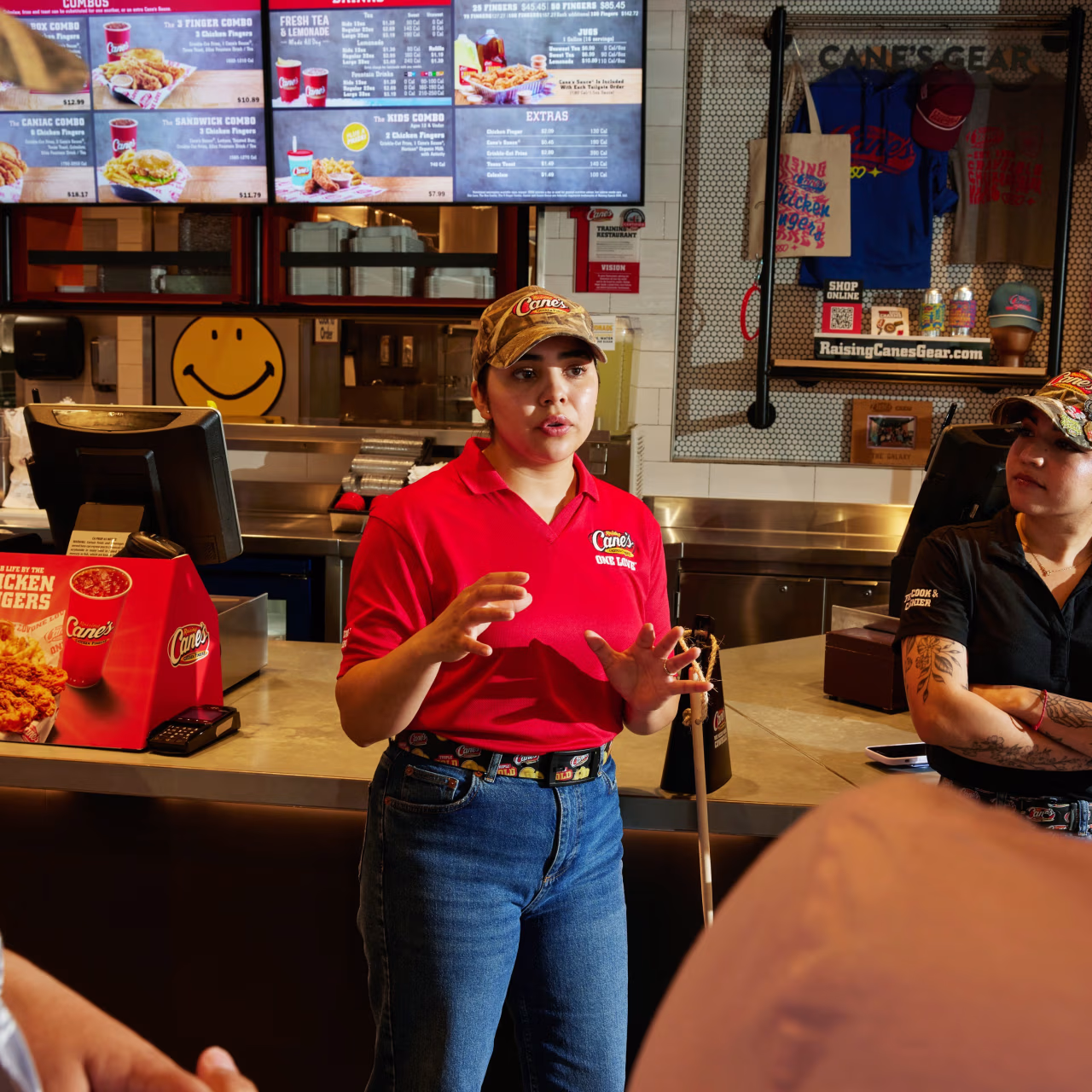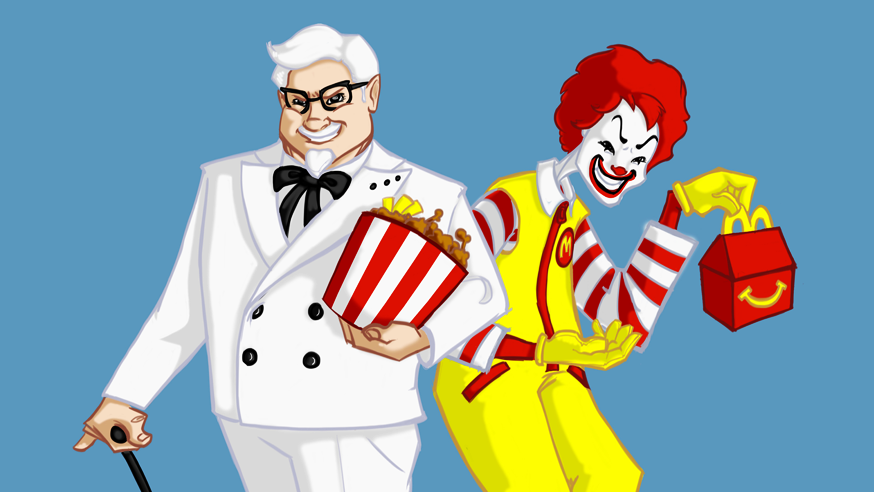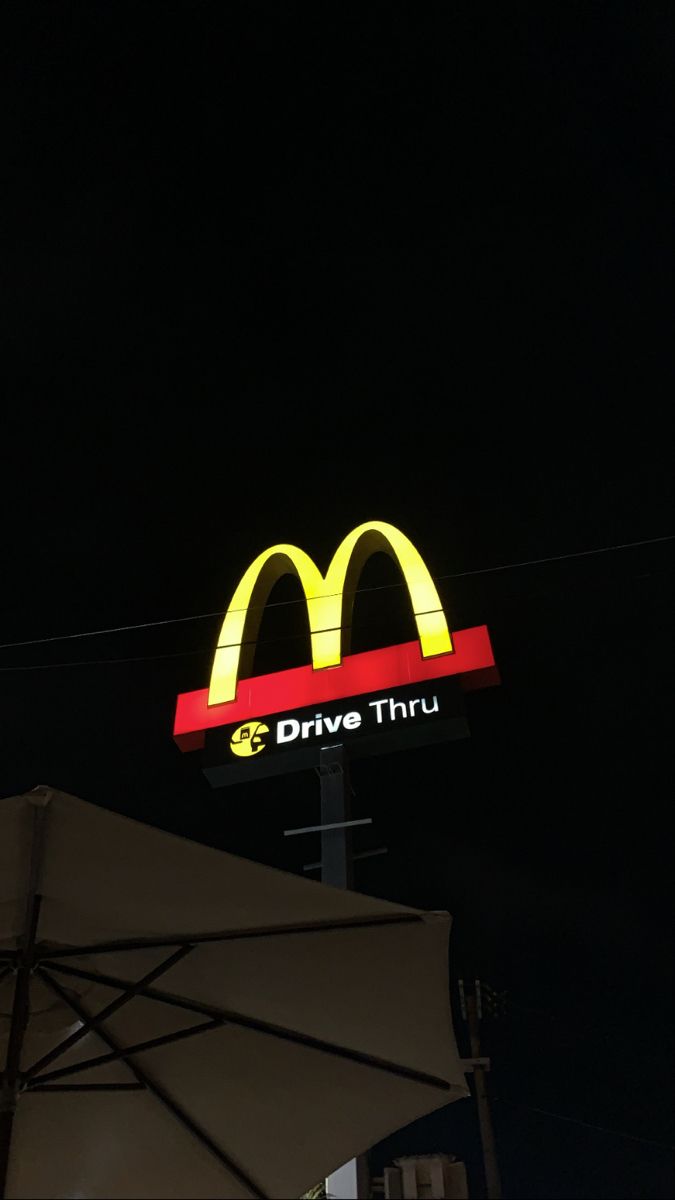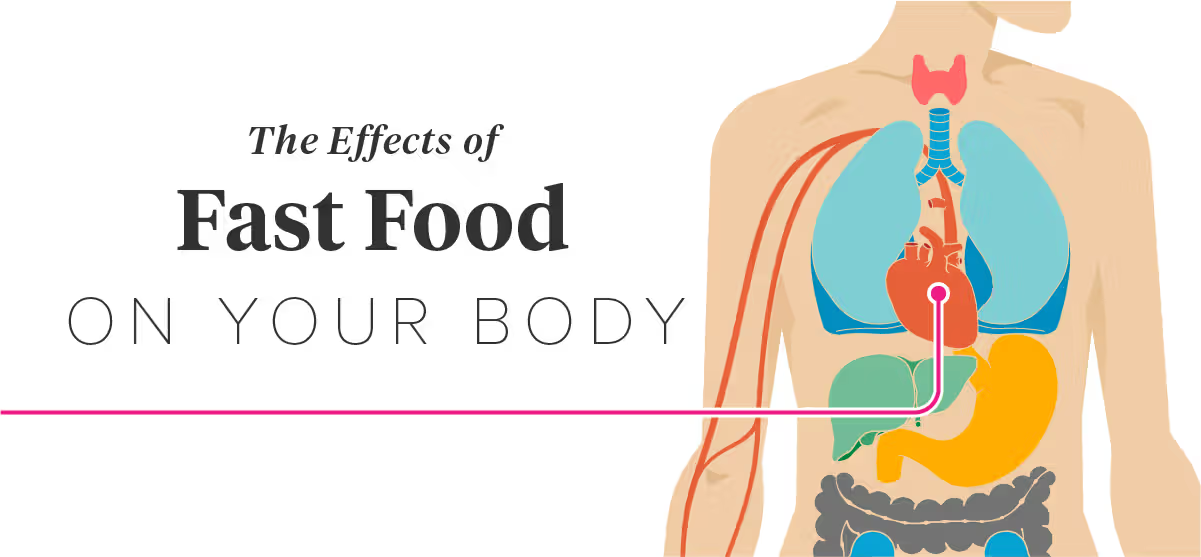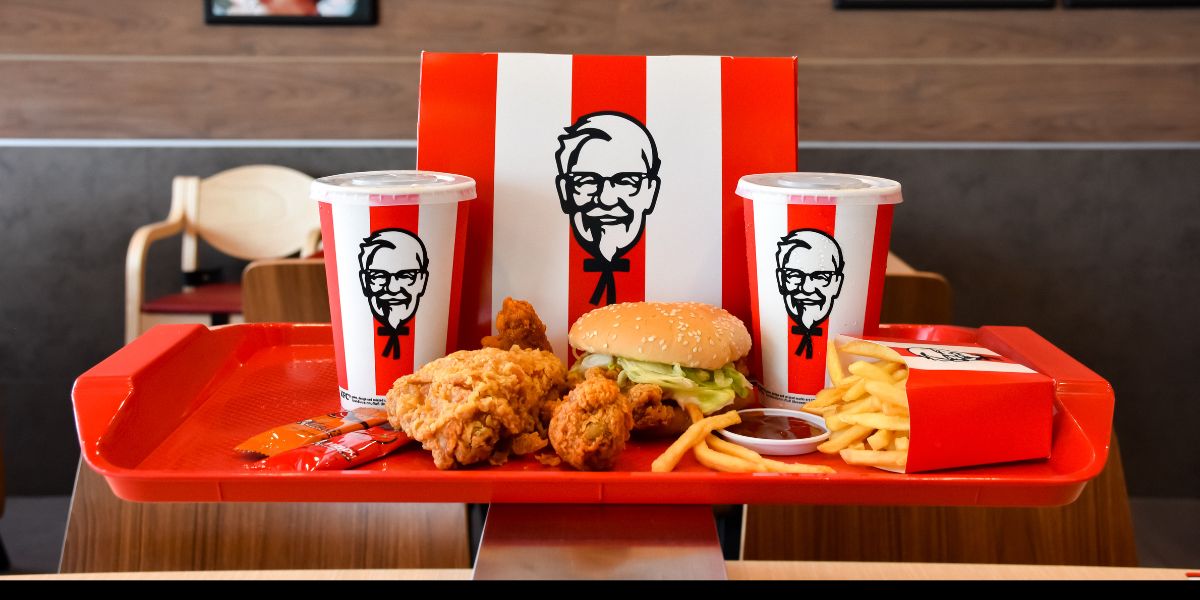Moving from a staff position to a managerial role in a fast food restaurant can be a fulfilling career change. In such an environment, leadership, communication, and the ability to manage fast-paced situations are essential. Here’s how you can prepare yourself to move from staff to manager in a fast food setting:
1. Master Your Current Role
Begin by excelling in your current position. Whether you’re working as a cashier, cook, or in a crew role, prove your dependability, efficiency, and dedication to your responsibilities.
What to do:
- Consistently perform well: Aim for speed and accuracy while maintaining excellent customer service standards. Be reliable and punctual.
- Be proactive: Anticipate tasks such as cleaning or stocking, and assist colleagues when needed.
- Stay organized: Organization is crucial in fast-paced environments. It helps you stay productive under pressure.
2. Take on More Responsibility
Managers often seek staff who can take on extra tasks without needing to be asked. Volunteering for additional duties will signal that you’re ready for the next step.
What to do:
- Learn different roles: Rotate through various positions like cashier, cook, or drive-thru. This broadens your understanding of the operations and shows your adaptability.
- Help train new staff: If you’re experienced, take the opportunity to mentor and guide new employees, showcasing your leadership abilities.
- Assist with inventory or ordering: Understanding back-end operations such as inventory management will demonstrate your interest in the bigger picture beyond your immediate tasks.
3. Demonstrate Leadership and Initiative
Even before becoming a manager, you can start showing leadership qualities by helping others, managing challenges, and keeping things running smoothly.
What to do:
- Be a team player: Assist your colleagues in staying focused and working efficiently. Take charge when necessary, especially in busy moments.
- Step up during peak times: Take the lead during rush hours or stressful situations by delegating tasks and ensuring customer satisfaction.
- Solve problems quickly: When issues arise, such as delays or complaints, proactively handle them before they escalate.
4. Develop Strong Communication Skills
Communication is a key skill for managers. You will need to effectively interact with your team, customers, and possibly suppliers. Improve your communication skills with both colleagues and customers.
What to do:
- Practice conflict resolution: Learn to address conflicts calmly and respectfully, whether they’re between staff or with customers.
- Give clear instructions: Provide clear, concise directions when training staff or managing tasks.
- Stay positive under pressure: Maintain a calm, professional demeanor, especially during busy times, to keep the team focused and reduce stress.
5. Understand Restaurant Operations
To transition into a managerial role, it’s important to understand not only your job but also the broader operations of the restaurant, including financials and overall business management.
What to do:
- Learn about profit margins and cost control: Understanding how to manage food costs, labor, and other expenses is essential for running a successful restaurant.
- Observe management: Pay attention to how managers handle day-to-day operations, addressing issues like staffing shortages, inventory, or customer complaints.
- Understand health and safety regulations: Managers must ensure the restaurant adheres to food safety, sanitation, and labor laws.
6. Develop Time Management and Multitasking Abilities
Managers need to handle multiple tasks simultaneously, from addressing customer concerns to managing staff and ensuring smooth operations. Effective time management is crucial.
What to do:
- Prioritize tasks: Focus on high-priority tasks first, such as serving customers or solving staffing issues, while delegating less urgent tasks.
- Stay organized: Use tools like checklists to manage your tasks, from scheduling to inventory management.
- Balance short-term actions with long-term planning: A manager must think ahead, whether it’s preparing for peak hours or managing staff development.
7. Request Feedback and Continuous Improvement
Managers often provide feedback, but seeking feedback for yourself is equally important. Ask for input on areas where you can improve and grow into a leadership role.
What to do:
- Ask for feedback: Regularly seek feedback from supervisors and peers to identify areas for improvement.
- Own up to mistakes: If something goes wrong, take responsibility and figure out how to improve next time.
- Be receptive to constructive criticism: Use feedback as a tool for growth rather than taking it personally.
8. Be Reliable and Accountable
Reliability is a vital characteristic for managers. Your team will rely on you to show up on time, follow through on commitments, and handle responsibilities with confidence.
What to do:
- Show up on time consistently: Demonstrate that you can be trusted with more responsibility by being punctual and dependable.
- Take ownership: Show accountability by handling customer complaints and ensuring that tasks are completed properly.
9. Express Interest in Advancing to Management
When you’re ready, inform your supervisor that you’re interested in moving into a managerial role. They can provide guidance and may consider you when opportunities arise.
What to do:
- Initiate a conversation with your manager: Let them know you’re eager to take on more responsibility and advance within the company.
- Inquire about career development: Ask about potential management training programs or what steps you can take to prepare for a leadership role.
10. Maintain a Positive Attitude and Be Patient
Climbing the career ladder to management in a fast food environment takes time. Stay positive, work hard, and be patient. Managers are often promoted from within, but it’s a process that requires continual growth.
What to do:
- Stay motivated: Keep a positive outlook, even on challenging days. Your energy and enthusiasm will reflect on your team.
- Celebrate small achievements: Acknowledge your progress, whether it’s improving your multitasking skills or receiving positive customer feedback.


